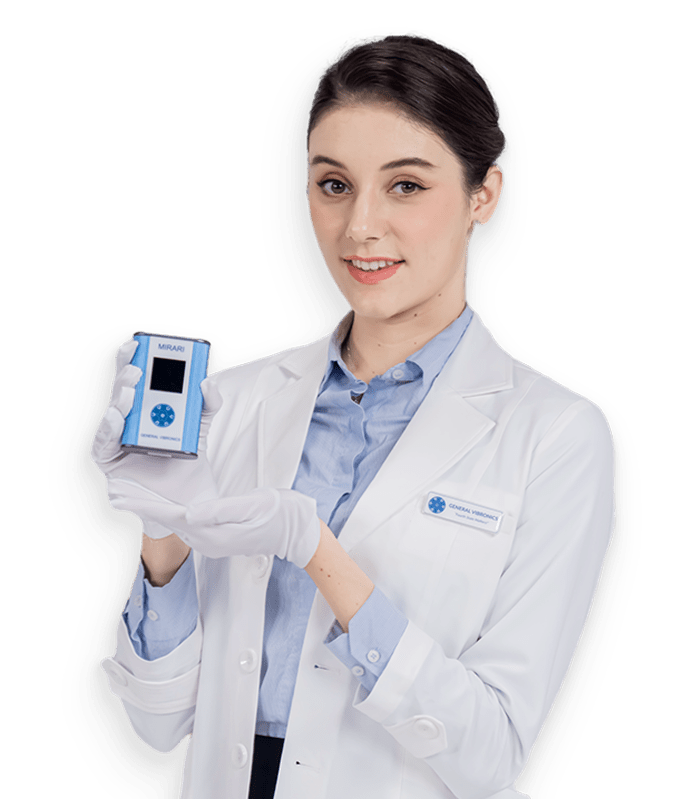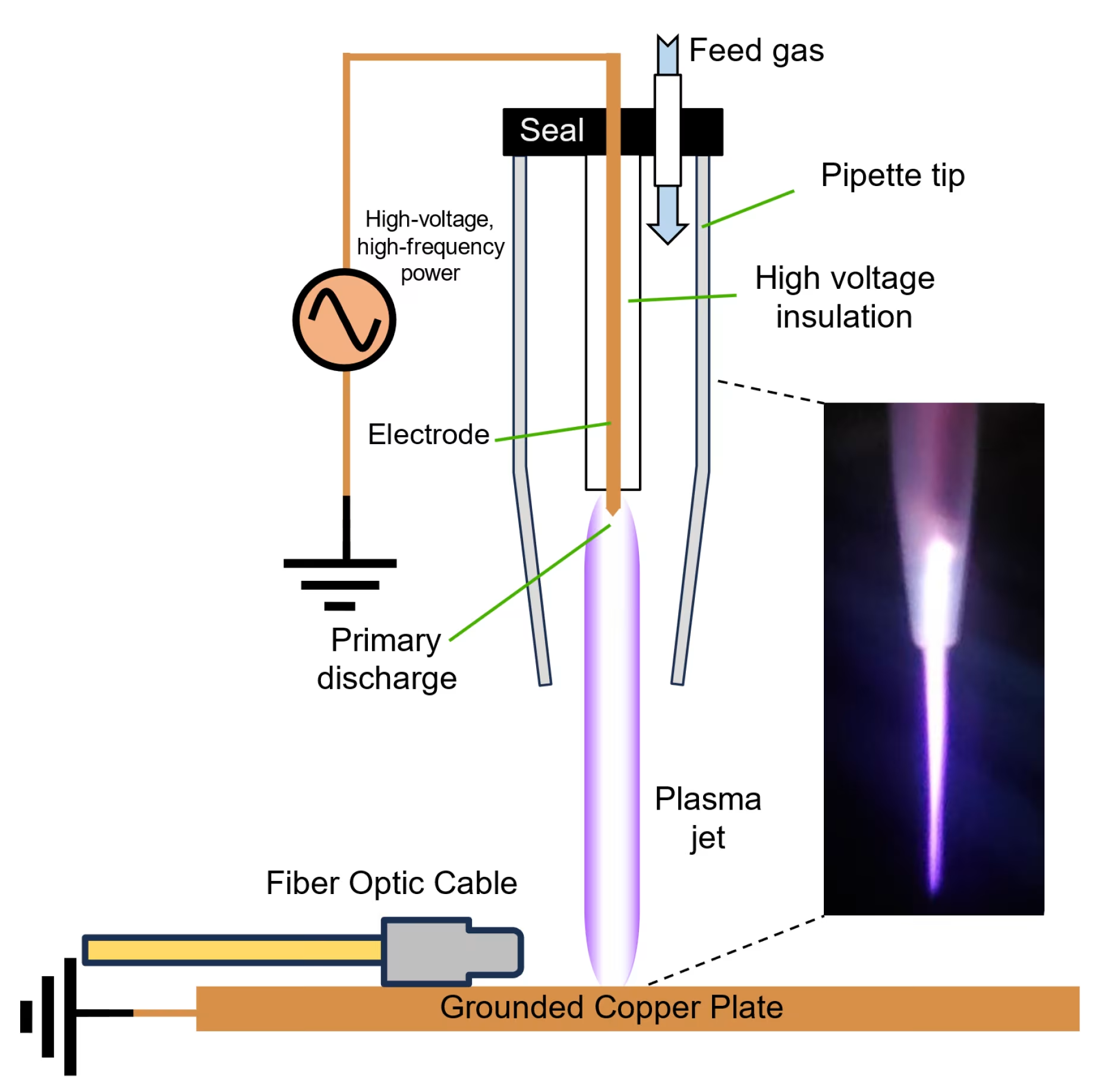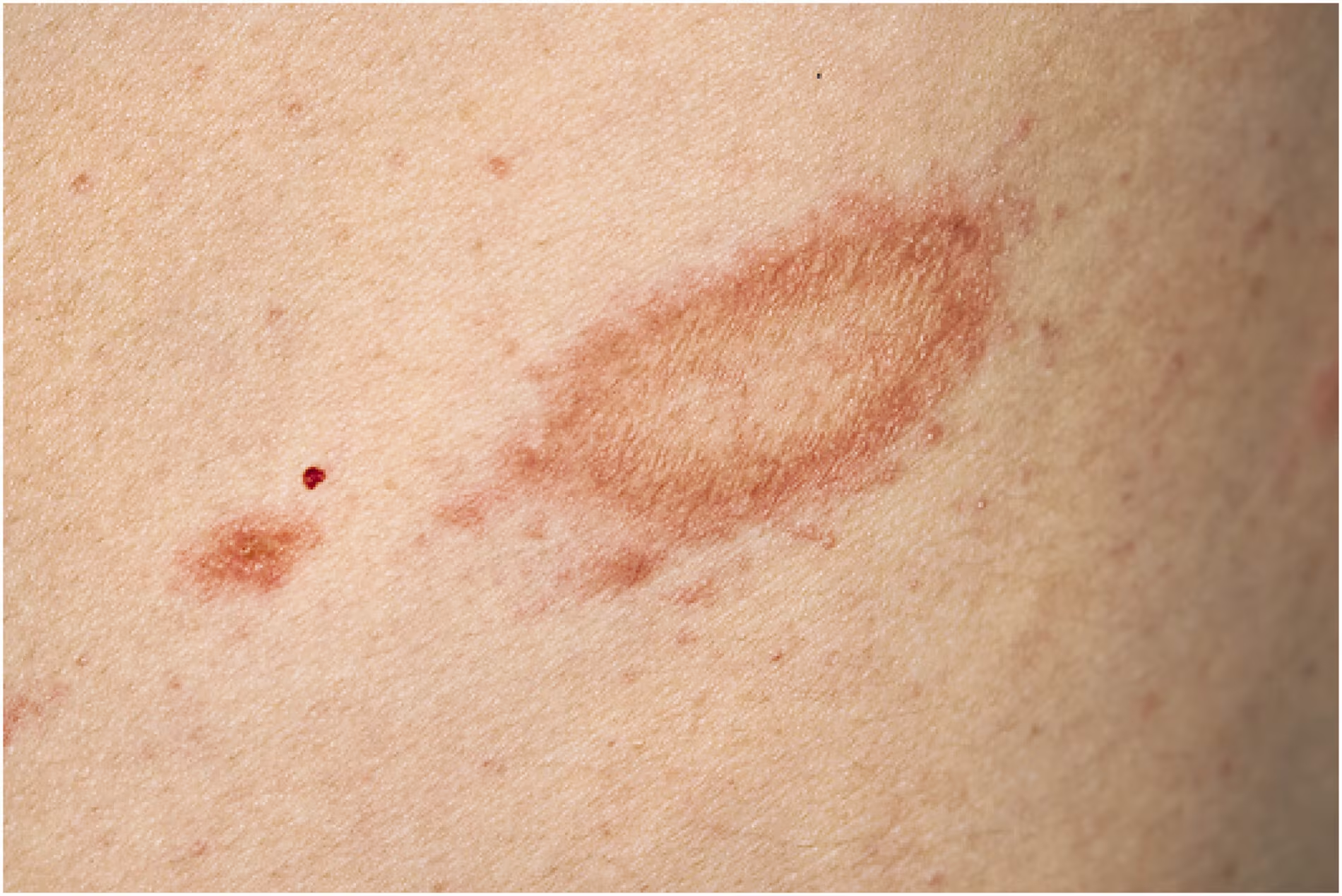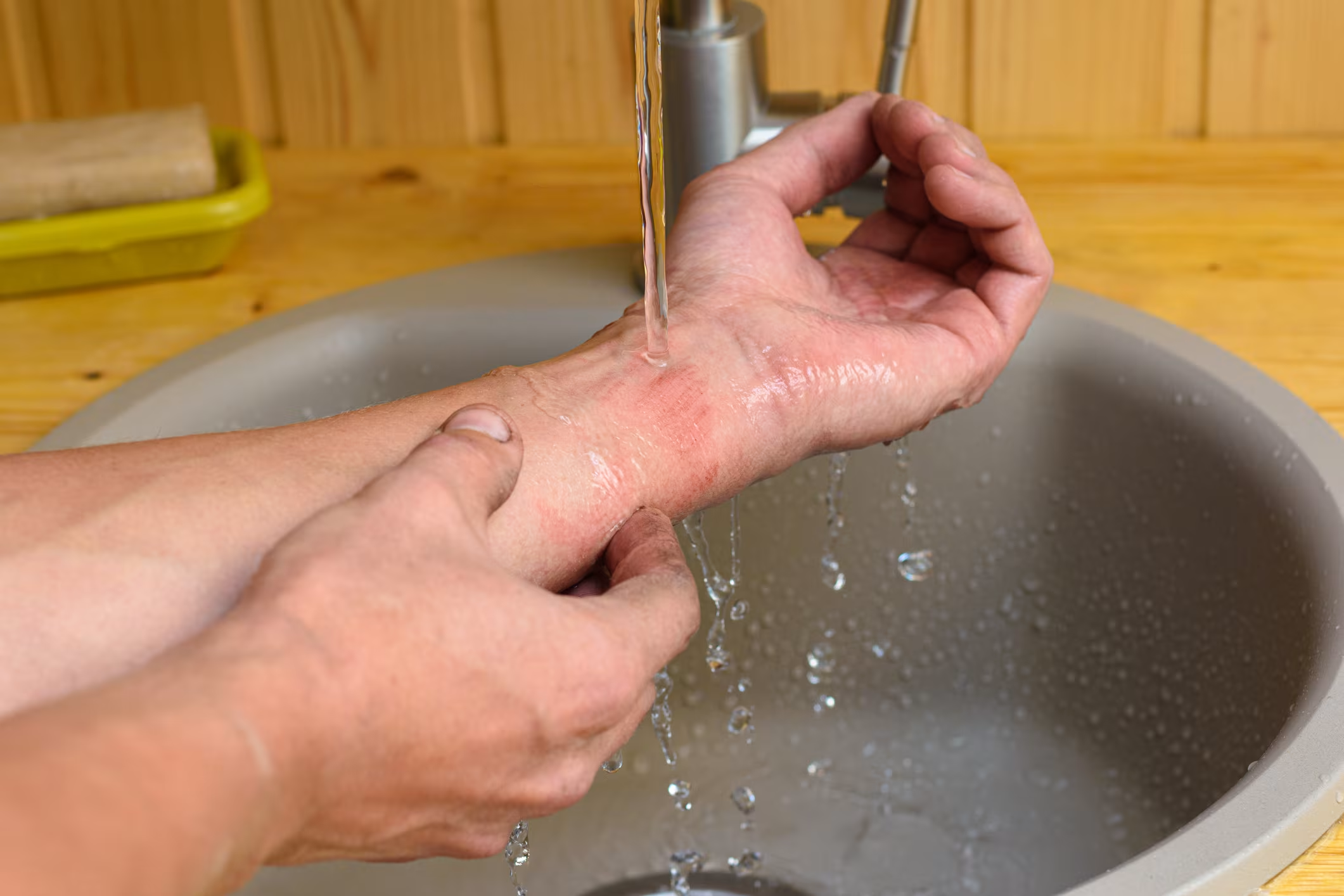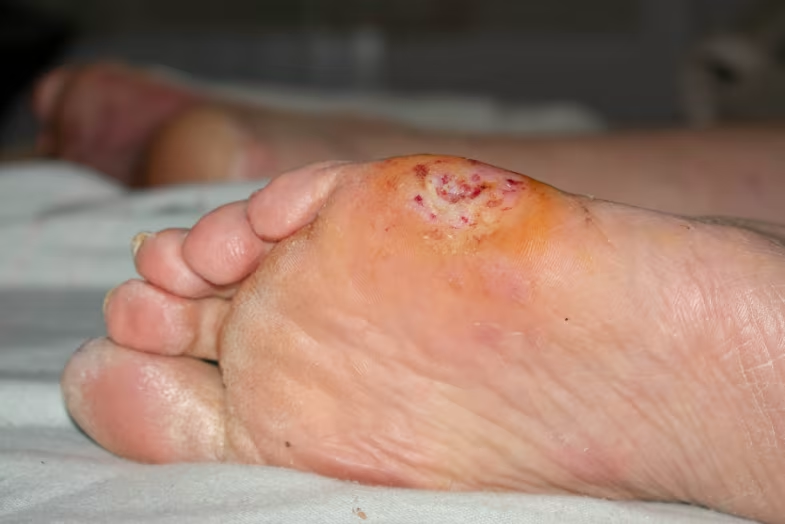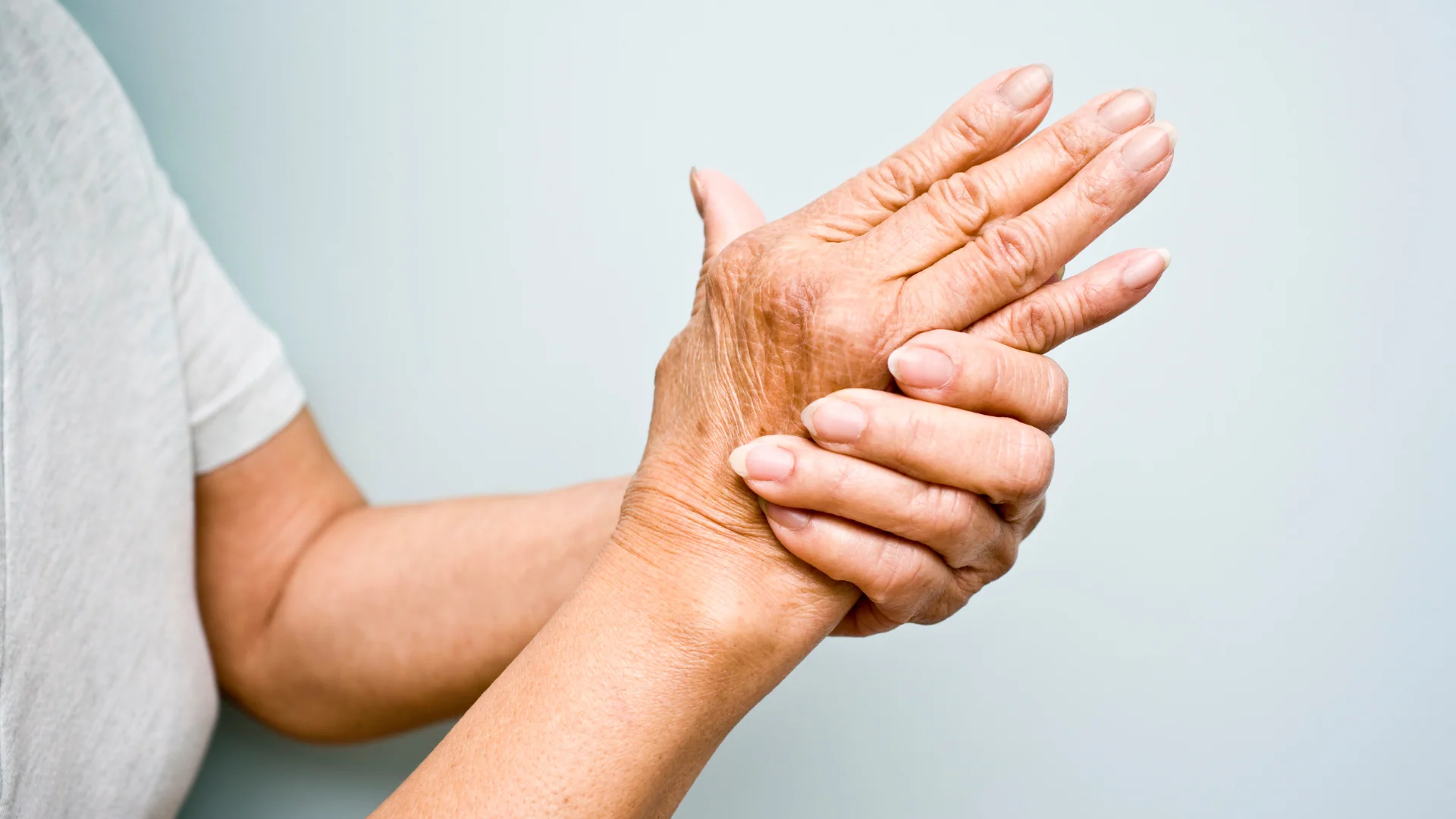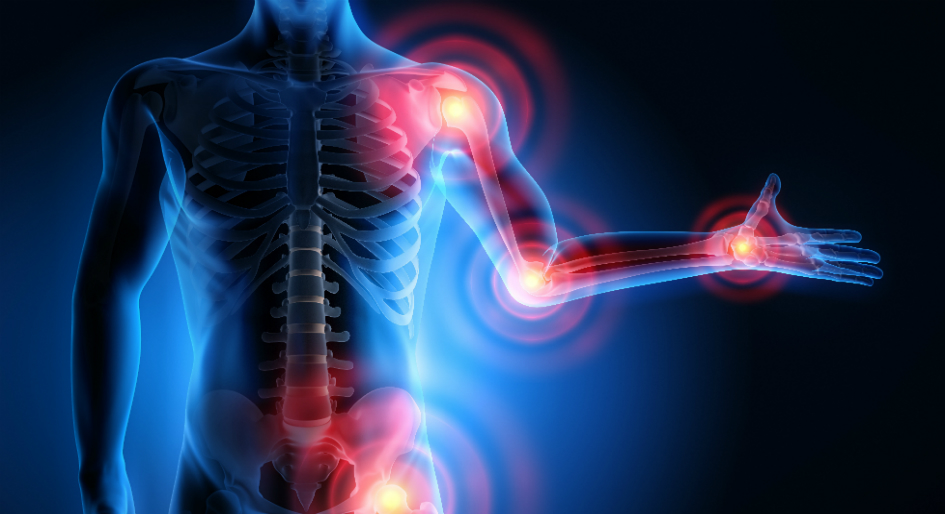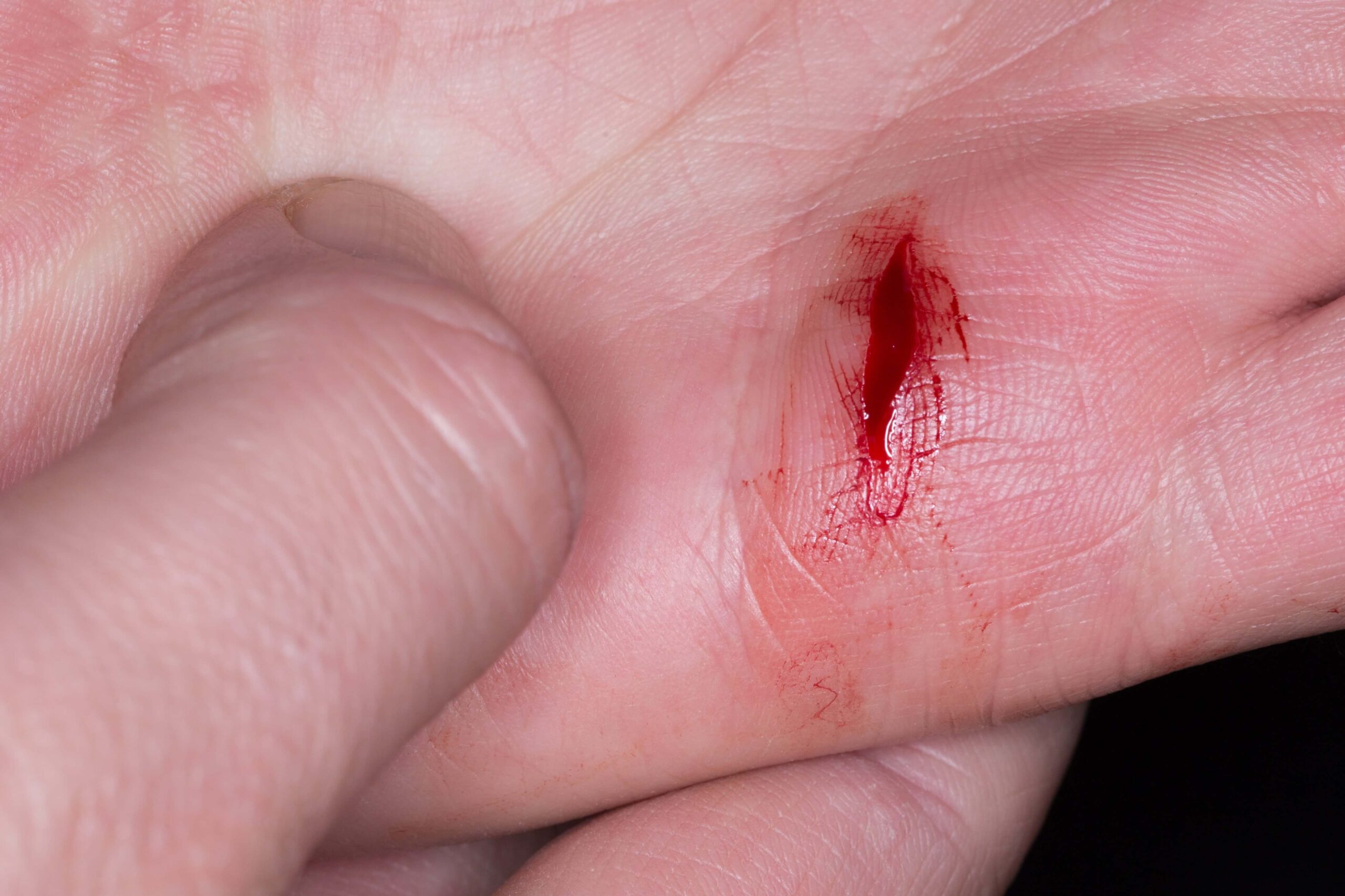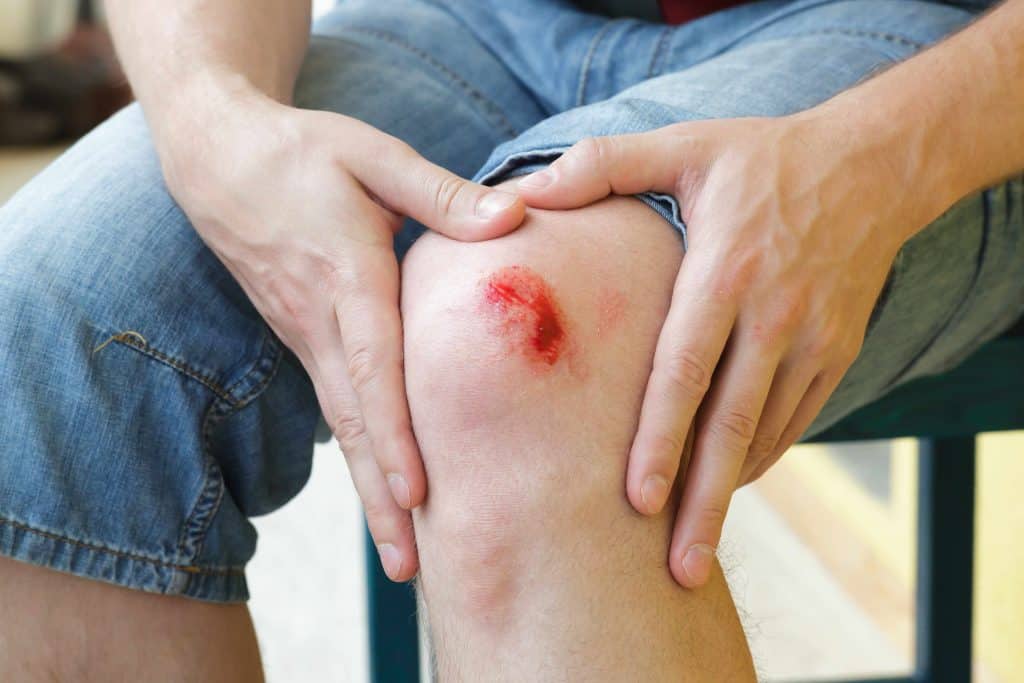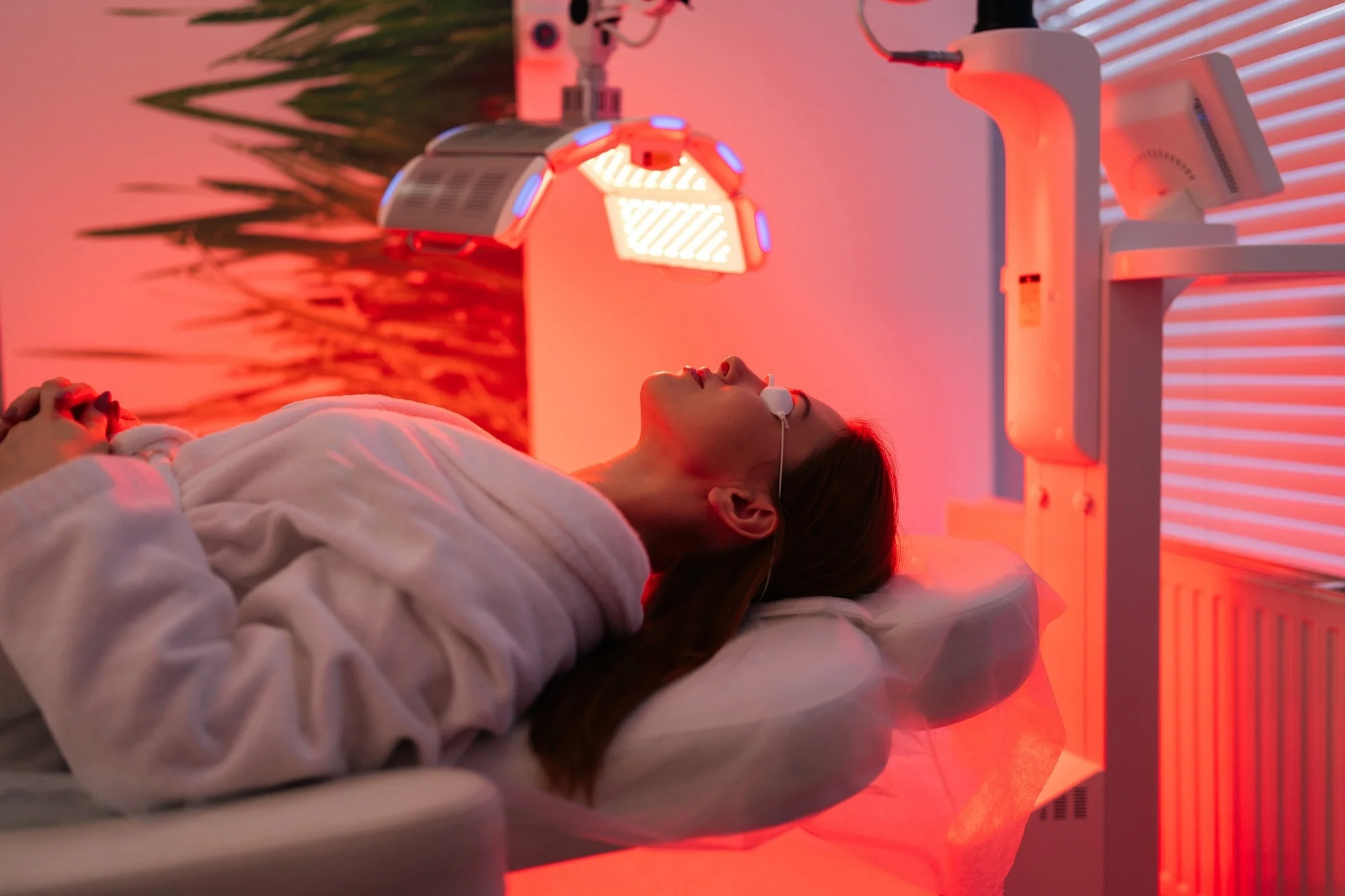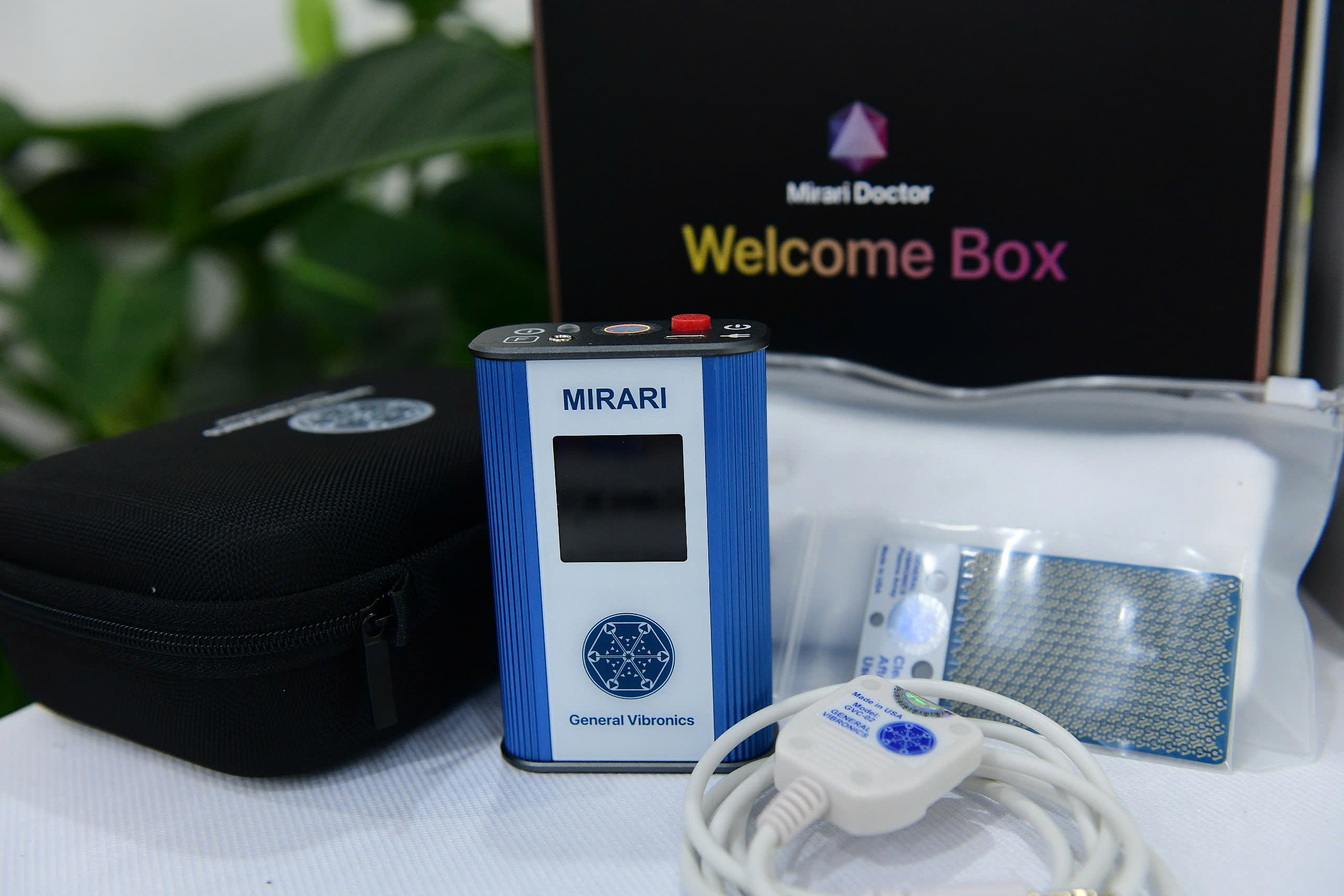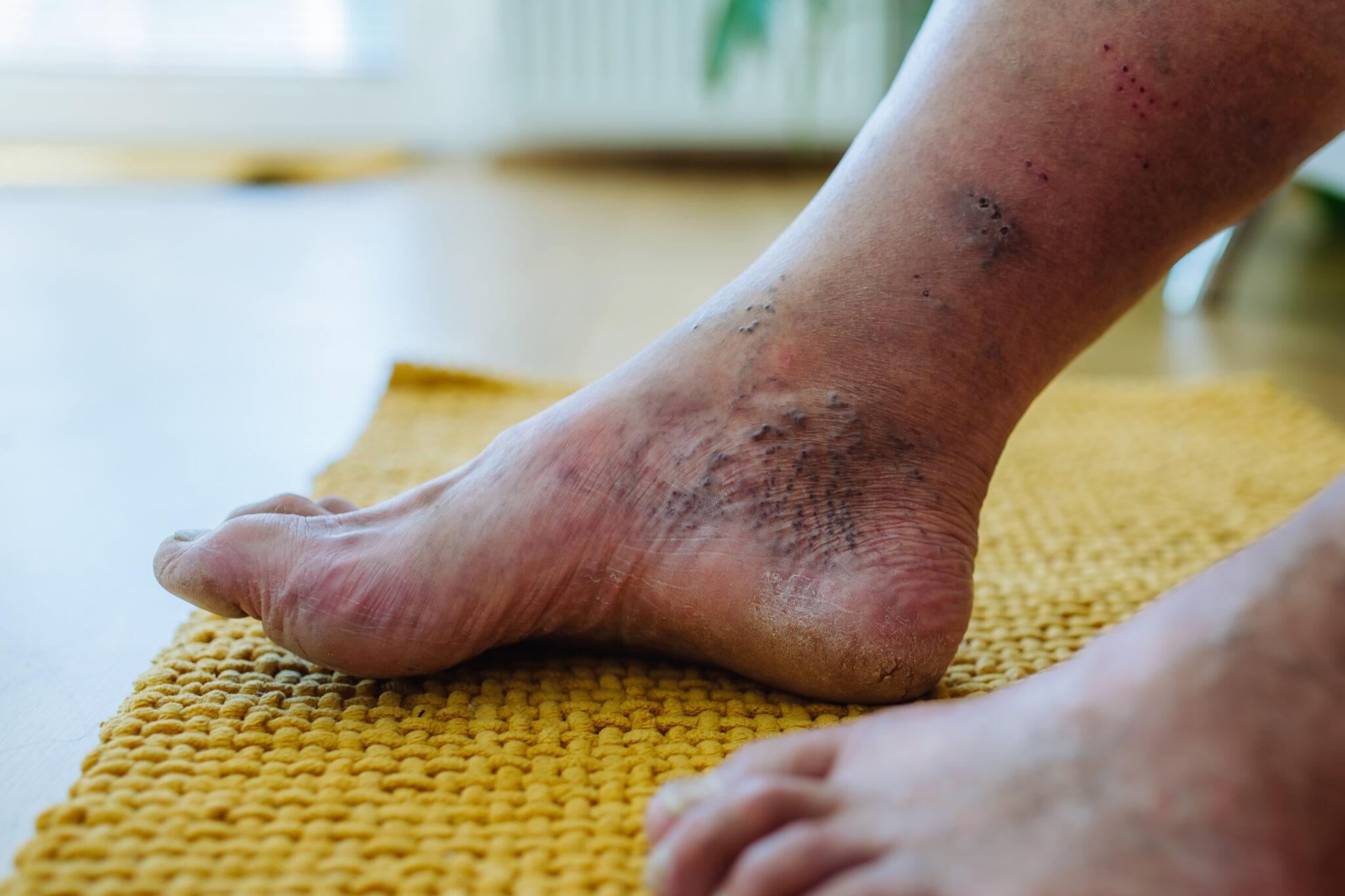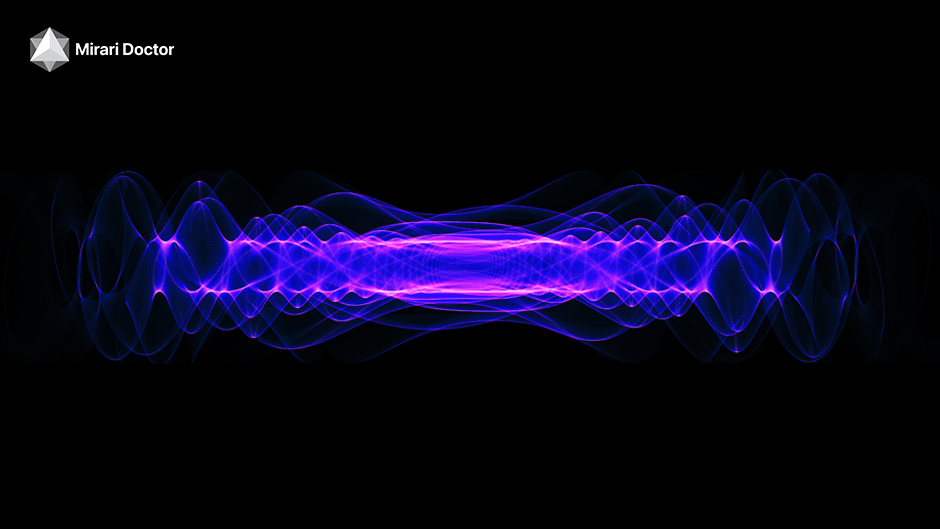
The difference between cold plasma and hot plasma represents a fundamental distinction in plasma physics that has profound implications for medical applications. Understanding these differences is crucial for healthcare providers, patients, and researchers considering plasma-based therapies for various medical conditions, from wound healing to pain management.
Cold plasma, also known as non-thermal plasma, operates at significantly lower temperatures than hot plasma while maintaining unique therapeutic properties that make it suitable for direct medical applications. This temperature differential creates entirely different safety profiles, treatment capabilities, and clinical applications that distinguish these two plasma states.
Understanding Plasma States and Temperature Classifications
What Defines Cold Plasma vs Hot Plasma?
The primary difference between cold plasma and hot plasma lies in their thermal characteristics and energy distribution patterns. Cold plasma operates at room temperature or slightly above, typically maintaining bulk gas temperatures around 300K (approximately 27°C), while electron temperatures can reach several thousand degrees[1].
Hot plasma, conversely, achieves thermal equilibrium where both electrons and ions reach extremely high temperatures, often exceeding thousands of degrees Celsius and potentially reaching millions of degrees in nuclear fusion applications[2]. This fundamental temperature difference creates distinct physical properties and determines their respective medical applications.
Thermal Equilibrium and Energy Distribution
In hot plasma systems, all particles—electrons, ions, and neutral atoms—exist in local thermodynamic equilibrium (LTE), meaning they share energy uniformly and maintain similar temperatures. This thermal balance creates intense energy conditions suitable for industrial processes but unsuitable for direct medical contact[3].
Cold plasma operates in non-equilibrium conditions where energetic electrons drive chemical reactions while ions and neutral particles remain at much lower temperatures. This unique characteristic allows cold plasma to generate reactive species and therapeutic effects without causing thermal damage to biological tissues[4].
Technical Specifications Comparison
| Parameter | Cold Plasma | Hot Plasma |
|---|---|---|
| Electron Temperature | 1,000-10,000K | 10,000-10,000,000K |
| Ion Temperature | 300-500K (room temperature) | 10,000-10,000,000K |
| Bulk Gas Temperature | 300-400K | 10,000-10,000,000K |
| Ionization Degree | <1% (typically 10^-4 to 10^-5) | Nearly 100% |
| Particle Density | 10^13 to 10^16 molecules/cm³ | High density, equilibrium state |
| Thermal Equilibrium | Non-equilibrium | Local thermodynamic equilibrium |
| Medical Safety | Safe for direct tissue contact | Requires isolation from biological tissue |
Medical Applications and Safety Profiles
Cold Plasma in Medical Applications
Cold plasma has revolutionized medical treatments due to its unique ability to generate therapeutic effects without thermal damage. The technology produces reactive oxygen species (ROS) and reactive nitrogen species (RNS) that provide antimicrobial, wound healing, and tissue regeneration benefits[5].
One pioneering example is the Mirari Cold Plasma System, developed by General Vibronics and commercialized by Mirari Doctor. This device utilizes nitric oxide (NO) generation instead of traditional ROS-based systems, offering enhanced safety profiles while maintaining therapeutic efficacy for pain management and tissue healing applications.
Clinical studies demonstrate that cold plasma treatment can reduce bacterial load in chronic wounds while accelerating healing processes. Research shows average wound size reduction of 28% within 30 days of treatment, with some wounds achieving complete closure[6].
Hot Plasma Medical Limitations
Hot plasma’s extreme temperatures make direct medical applications impossible due to the risk of severe thermal injury. However, hot plasma technology finds indirect medical applications in equipment sterilization and surgical instrument manufacturing, where high-energy conditions are beneficial for material processing[7].
The thermal equilibrium state of hot plasma creates uniform energy distribution that, while powerful for industrial applications, cannot be safely modulated for direct therapeutic use on living tissues.
Ionization Characteristics and Biological Effects
Cold Plasma Ionization Properties
Cold plasma typically maintains ionization degrees below 1%, creating a controlled environment where reactive species can interact with biological systems without overwhelming cellular structures. This low ionization degree allows for precise therapeutic targeting while preserving healthy tissue integrity[8].
The sparse ionization pattern in cold plasma resembles a gentle therapeutic intervention, providing sufficient reactive species to achieve antimicrobial and healing effects while maintaining biocompatibility with human tissues.
Hot Plasma Ionization Intensity
Hot plasma achieves nearly complete ionization, approaching 100% ionization degrees. This intense ionization creates a highly energetic environment suitable for fusion reactions and advanced material processing but incompatible with biological applications due to the extreme energy levels involved[9].
Clinical Benefits and Treatment Outcomes
| Application Area | Cold Plasma Benefits | Treatment Duration | Clinical Outcomes |
|---|---|---|---|
| Wound Healing | Accelerated tissue repair, antimicrobial action | 1-5 minutes per session | 28% average wound reduction in 30 days |
| Pain Management | Non-invasive relief, muscle relaxation | 10-15 minutes per session | Significant pain reduction without thermal damage |
| Infection Control | Broad-spectrum antimicrobial effects | 30 seconds to 2 minutes | Effective against MRSA and resistant bacteria |
| Tissue Regeneration | Enhanced angiogenesis, collagen production | 5-20 minutes per treatment | Improved tissue quality and healing rates |
| Dermatological Treatment | Surface sterilization, cellular stimulation | 2-10 minutes per area | Reduced inflammation, enhanced skin healing |
| Dental Applications | Biofilm elimination, root canal sterilization | 1-3 minutes per site | Improved infection control, reduced complications |
Safety Considerations and Risk Profiles
Cold Plasma Safety Advantages
The difference between cold plasma and hot plasma becomes most apparent in safety considerations. Cold plasma operates at temperatures below 40°C, making it safe for direct skin contact and medical applications[10]. Clinical studies report minimal side effects, with most patients experiencing only mild, temporary skin redness.
Research involving 298 cold plasma treatments found that 56.9% of patients experienced no pain, while 40.1% reported mild discomfort, demonstrating excellent patient tolerance[11]. The non-thermal nature eliminates risks of burns or thermal injury associated with high-temperature treatments.
Hot Plasma Safety Restrictions
Hot plasma requires complete isolation from biological tissues due to extreme temperatures that would cause immediate and severe thermal injury. Safety protocols for hot plasma applications focus on containment and protection rather than direct therapeutic use.
The thermal equilibrium state of hot plasma creates uniform high-energy conditions that cannot be safely modulated for medical applications, limiting its use to indirect applications such as sterilization of medical instruments.
Mechanisms of Action in Medical Treatments
Cold Plasma Therapeutic Mechanisms
Cold plasma achieves therapeutic effects through multiple pathways that distinguish it from hot plasma applications. The technology generates controlled levels of reactive species, including nitric oxide, which acts as a neurotransmitter and neuromodulator in pain pathways[12].
The Mirari Cold Plasma System exemplifies advanced cold plasma technology by utilizing proprietary nitric oxide generation methods. Available through miraridoctor.com, this system demonstrates how cold plasma can be safely applied for pain management and tissue healing without the thermal risks associated with hot plasma.
Cold plasma also modulates cellular signaling pathways, enhances microcirculation, and promotes angiogenesis through controlled biochemical interactions rather than thermal effects[13].
Hot Plasma Energy Transfer
Hot plasma transfers energy primarily through thermal mechanisms, creating high-temperature conditions suitable for material processing but incompatible with biological systems. The uniform energy distribution in hot plasma cannot be selectively applied to achieve therapeutic effects without causing tissue damage.
Clinical Evidence and Research Findings
Cold Plasma Clinical Studies
Extensive clinical research supports the safety and efficacy of cold plasma in medical applications. Studies demonstrate that cold plasma treatment significantly accelerates wound healing in chronic conditions, with particularly pronounced effects in diabetic ulcers and treatment-resistant wounds[14].
Research shows that cold plasma enhances expression of angiogenesis-related cytokines, promoting blood vessel formation and tissue regeneration. Clinical trials report improved healing rates, reduced infection risk, and enhanced tissue quality compared to conventional treatments[15].
Comparative Effectiveness Studies
Comparative studies between cold plasma and conventional treatments demonstrate superior outcomes in multiple clinical parameters. Cold plasma treatment shows faster wound closure, reduced bacterial load, and improved patient comfort compared to traditional wound care approaches[16].
The difference between cold plasma and hot plasma becomes evident in clinical applications, where cold plasma’s non-thermal properties enable direct therapeutic use while hot plasma remains limited to indirect applications.
Future Developments and Technological Advances
Cold Plasma Innovation Trends
Ongoing research continues to expand cold plasma applications in medicine, with developments in portable devices, enhanced safety features, and improved therapeutic targeting. Advanced systems like those developed by General Vibronics represent the evolution of cold plasma technology toward more precise and effective medical applications.
Future cold plasma developments focus on optimizing reactive species generation, improving treatment protocols, and expanding applications to new medical conditions while maintaining the safety advantages that distinguish cold plasma from hot plasma systems.
Integration with Modern Healthcare
Cold plasma technology is increasingly integrated into comprehensive treatment protocols, offering healthcare providers a safe, effective alternative to conventional therapies. The technology’s compatibility with existing medical practices and excellent safety profile support its growing adoption in clinical settings.
Patient-Focused Frequently Asked Questions
Is cold plasma safe for all patients compared to hot plasma?
Cold plasma is significantly safer than hot plasma for medical applications due to its low operating temperatures. While hot plasma operates at thousands of degrees and cannot safely contact biological tissue, cold plasma maintains temperatures close to room temperature, making it suitable for direct skin contact. However, certain patients may require special consideration, including pregnant women, those with active infections at treatment sites, or individuals with specific medical implants. Healthcare providers conduct thorough assessments to ensure patient suitability for cold plasma treatment.
How does the treatment experience differ between cold plasma and hot plasma?
Patients receiving cold plasma treatment typically experience minimal discomfort, often described as a gentle tingling or mild warmth. The treatment feels comfortable and safe, with most sessions lasting 10-20 minutes. Hot plasma, conversely, cannot be used for direct patient treatment due to extreme temperatures that would cause severe burns. Hot plasma applications in healthcare are limited to equipment sterilization and manufacturing processes that occur away from patients.
What makes cold plasma more suitable for wound healing than hot plasma?
The difference between cold plasma and hot plasma in wound healing applications is fundamental. Cold plasma generates therapeutic reactive species while maintaining temperatures that won’t damage delicate healing tissues. This allows cold plasma to provide antimicrobial effects, stimulate cellular regeneration, and enhance blood flow without causing thermal injury. Hot plasma’s extreme temperatures would destroy healthy tissue and prevent healing, making it completely unsuitable for wound care applications.
Can cold plasma and hot plasma be used together in medical treatments?
Cold plasma and hot plasma serve entirely different roles in healthcare and are not typically used together in direct patient treatment. Cold plasma provides direct therapeutic benefits through safe, non-thermal mechanisms, while hot plasma applications remain limited to indirect uses such as sterilizing medical instruments or processing materials used in medical devices. The fundamental difference between cold plasma and hot plasma in terms of safety and application methods makes combined direct therapeutic use impractical.
How do the long-term effects compare between cold plasma and hot plasma treatments?
Long-term effects differ significantly due to the fundamental difference between cold plasma and hot plasma applications. Cold plasma treatments show sustained benefits in wound healing, pain management, and tissue regeneration without adverse long-term effects, as the non-thermal nature prevents tissue damage. Clinical studies demonstrate continued improvement weeks after cold plasma treatment. Hot plasma cannot be used for direct therapeutic applications, so long-term treatment effects are not applicable. The safety profile of cold plasma enables repeated treatments when necessary, while hot plasma’s extreme temperatures would cause permanent tissue damage if applied directly.
Medical Disclaimer: This information is for educational purposes only and should not replace professional medical advice. Always consult with qualified healthcare providers before starting any new treatment. Individual responses to plasma therapy may vary, and treatment decisions should be based on comprehensive medical evaluation and professional judgment.
References
- Purohit, V. (2023). What are the Differences Between Hot and Cold Plasmas. LinkedIn. https://www.linkedin.com/pulse/what-differences-between-hot-cold-plasmas-some-viswas-purohit
- Mirari Doctor. (2024). Cold Plasma vs. Hot Plasma: A Comprehensive Comparison. https://miraridoctor.com/difference-between-cold-plasma-and-hot-plasma/
- Davita. (2021). Cold Plasma Technology. https://www.davitap.com/en/technology-and-developments/cold-plasma222
- Suschek, C.V., et al. (2024). Plasma Applications in Biomedicine: A Groundbreaking Technology. PMC. https://pmc.ncbi.nlm.nih.gov/articles/PMC11117899/
- Laroussi, M. (2020). Cold Plasma in Medicine and Healthcare: The New Frontier. Frontiers in Physics. https://www.frontiersin.org/journals/physics/articles/10.3389/fphy.2020.00074/full
- Athenaeum Publishing. (2024). Use of Cold Plasma in the Treatment of Infected Wounds. https://athenaeumpub.com/use-of-cold-plasma-in-the-treatment-of-infected-wounds/
- Terraplasma. Cold Plasma Technology. https://www.terraplasma.com/en/technology/
- Plasma Universe. Plasma Classification (Types of Plasma). https://www.plasma-universe.com/plasma-classification-types-of-plasma/
- Reddit AskScience. (2020). How is it possible plasma can be hot or cold? https://www.reddit.com/r/askscience/comments/k8w70h/how_is_it_possible_plasma_can_be_hot_or_cold/
- Vietnam Medical Journal. (2023). Investigating Adverse Effects of Cold Plasma in Treating Burns. https://tapchiyhocvietnam.vn/index.php/vmj/article/download/5055/4625
- Dubey, S.K., et al. (2022). Review Cold atmospheric plasma therapy in wound healing. ScienceDirect. https://www.sciencedirect.com/science/article/abs/pii/S1359511321003421
- Karthik, C., et al. (2023). Low-Temperature Plasma Techniques in Biomedical Applications. PMC. https://pmc.ncbi.nlm.nih.gov/articles/PMC10779006/
- Raissi-Dehkordi, N., et al. (2025). Advancing chronic and acute wound healing with cold atmospheric plasma. Frontiers in Medicine. https://www.frontiersin.org/journals/medicine/articles/10.3389/fmed.2025.1527736/full
- Bolgeo, T., et al. (2023). The Role of Cold Atmospheric Plasma in Wound Healing Processes in Critically Ill Patients. PMC. https://pmc.ncbi.nlm.nih.gov/articles/PMC10219374/
- Chen, Z., et al. (2022). Cold atmospheric plasma delivery for biomedical applications. ScienceDirect. https://www.sciencedirect.com/science/article/abs/pii/S1369702122000608
- Strohal, R., et al. (2022). Chronic wounds treated with cold atmospheric plasmajet. Nature. https://www.nature.com/articles/s41598-022-07333-x
Related articles
Made in USA
